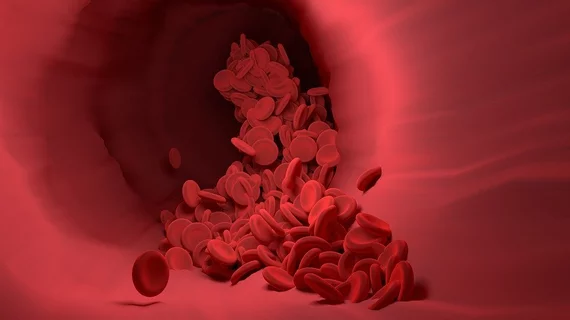Blood flows differently through men’s, women’s hearts
Blood travels differently through women’s hearts than it does through men’s, research has found, suggesting cardiologists may benefit from tailoring their treatments to a specific sex.
Researchers who published their findings last month in Radiology: Cardiothoracic Imaging analyzed 4D flow MRI data to reach their conclusion, Health Imaging reported Feb. 7. While structural CV differences between men and women are well-established, we know less about sex differences in blood flow.
According to Health Imaging, lead author David R. Rutkowski, PhD, and colleagues used 4D MRI to analyze differences in the left ventricles of 20 men and 19 women. They found “significant” differences between genders, including the fact that in men, the left ventricle expended more energy to pump blood than in women. On the other hand, vorticity was higher in women.
The authors said their findings might be useful in helping medical professionals understand why men and women respond so differently to different physiological stressors and diseases. They may also help cardiologists assess patients’ hearts more effectively.
“The goal of our work in general is to move from qualitative MRI to more quantitative MRI,” Rutkowski said. “Getting blood flow and velocity information is just one more metric that is being developed to make MRI more quantitative.”
Read the full story below:

